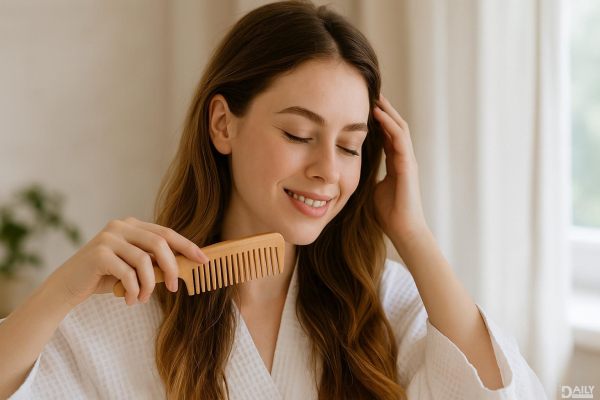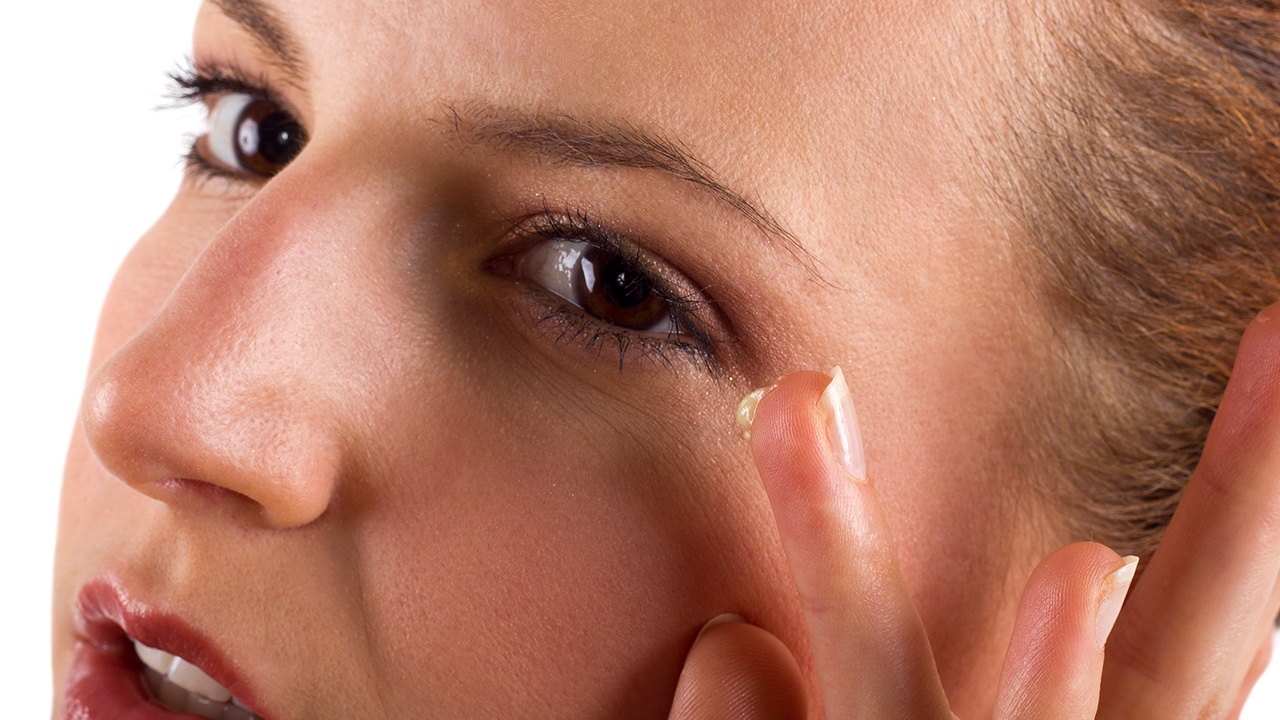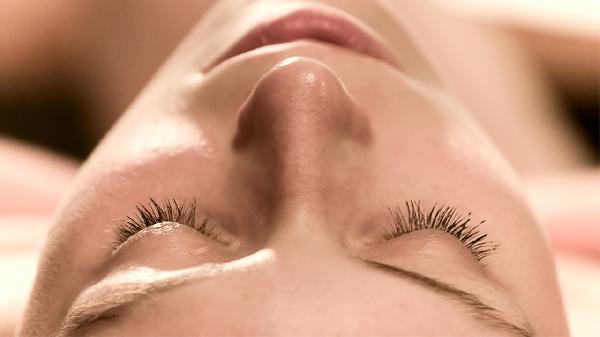If you're still using whatever plastic comb you grabbed from the drugstore years ago, it's time for an upgrade—your hair and scalp deserve better. The right comb isn't just about detangling; it can boost circulation, distribute natural oils, and even prevent breakage. From wide-tooth staples to scalp-stimulating picks, the best comb for you depends on your hair type, texture, and specific concerns. Let’s break down which tools belong in your haircare arsenal and why.

Thick, curly, or coily hair? A wide-tooth comb is your first line of defense against breakage. Unlike fine-tooth combs that yank through knots, the spaced-out teeth glide through curls without disrupting their natural pattern. For extra care, opt for materials like sandalwood or bamboo—they’re gentler than plastic, reduce static, and won’t create friction that leads to split ends. Pro tip: Use it on damp hair post-shower with a leave-in conditioner to lock in moisture while detangling.
If you’ve ever had a salon shampoo that included a heavenly scalp massage, this comb recreates that experience at home. Its rounded, flexible bristles stimulate blood flow, which can encourage hair growth and relieve tension. Great for those with fine hair or scalp dryness, it also helps distribute natural oils from root to tip. Use it dry for a pre-shampoo massage or with lightweight oil (like jojoba) for a deeper treatment. Bonus: It’s a stress-reliever after a long day.
Straight or fine-haired folks, this one’s for you. A fine-tooth comb smooths strands for sleek styles (think buns or ponytails) and helps with precise partings. But be cautious—overuse can cause mechanical damage. Look for combs with polished, rounded teeth to minimize snagging. Avoid cheap plastic versions with rough seams; they’re like sandpaper on your cuticles. Fun fact: Stylists often keep a fine-tooth comb in their kit for flyaway control and detail work.
Picks aren’t just retro flair—they’re functional. With long, widely spaced teeth, they lift roots for instant volume and gently define curls or coils without flattening them. Metal picks are durable but can be harsh; go for plastic or wood with smooth tips. For natural hair, use it to fluff out styles or redistribute products like creams or gels. Warning: Don’t aggressively rake the scalp—this tool is for styling, not detangling.
If your hair is prone to extreme tangles (looking at you, long-haired folks post-swim), a detangling brush with flexible bristles might outperform combs. Brands like Wet Brush or Tangle Teezer use patented designs to glide through knots with minimal pain. While not a traditional comb, it’s worth mentioning for those with high-maintenance strands. Use it in the shower with conditioner to prevent tugging.
Your comb choice should match your hair’s needs—whether that’s moisture retention, scalp health, or style prep. Ditch the dollar-store junk and invest in tools that treat your strands right. And remember: Clean your combs weekly (soapy water or a baking soda soak) to avoid buildup transferring back to your hair. Happy combing!
























